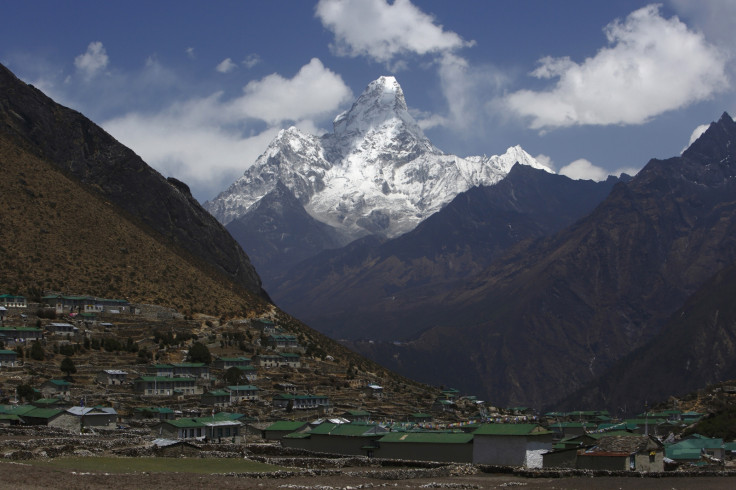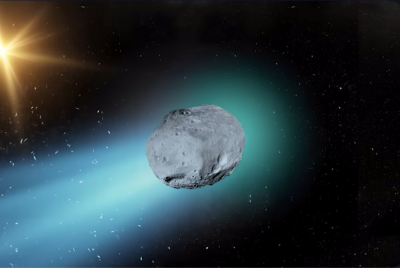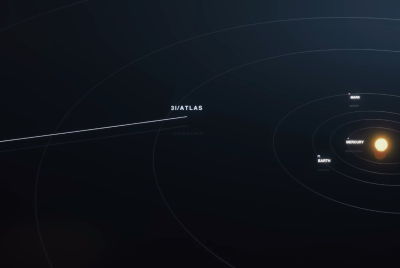Himalayas: Discovery of first ancient Indian Ocean microplate hints at new date of formation of mountain range

Scientists across the world are divided over the exact date of formation of the Himalayas, the vast mountain range in the Indian sub-continent that houses nine of the 10 highest peaks in the world, including the highest above sea level, Mt Everest. Now a new discovery just adds to the debate.
Scientists at the University of Sydney and Scripps Institution of Oceanography in San Diego have discovered what they call is the first ancient Indian Ocean microplate that may have resulted from the collision of Indian and Eurasian tectonic plates.
The 2,900km-long Himalayas are largely thought to have been formed between 40 and 50 million years ago because of collision of the two large landmasses. But scientists believe the newly found microplate is 47 million years old and that it roughly dates the birth of the Himalayas as occurring 47 million years ago.
"It is beyond doubt that the collision must have led to a major change in India's crustal stress field —that's why the plate fragmentation we mapped is a bit like a smoking gun for pinning down the collision age," Professor Dietmar Muller, One of the authors of the report published in the journal Earth and Planetary Science Letters, said in a statement.
Named Mammerickx, the microplate was discovered using radar beam images from an orbiting satellite. It is remotely located in the central Indian Ocean and is of the size of Australia's Tasmania. The satellite images revealed grooves and hills on the microplate that turn the topography of the ocean floor into an uneven landscape, the scientists said.
"Dating this collision requires looking at a complex set of geological and geophysical data, and no doubt discussion about when this major collision first started will continue, but we have added a completely new, independent observation, which has not been previously used to unravel the birth of this collision," Muller said.
Lead author of the report Dr Kara Matthews added: "The age of the largest continental collision on Earth has long been controversial, with age-estimates ranging from at least 59 to 34 million years ago. Knowing this age is particularly important for understanding the link between the growth of mountain belts and major climate change."
© Copyright IBTimes 2025. All rights reserved.






















